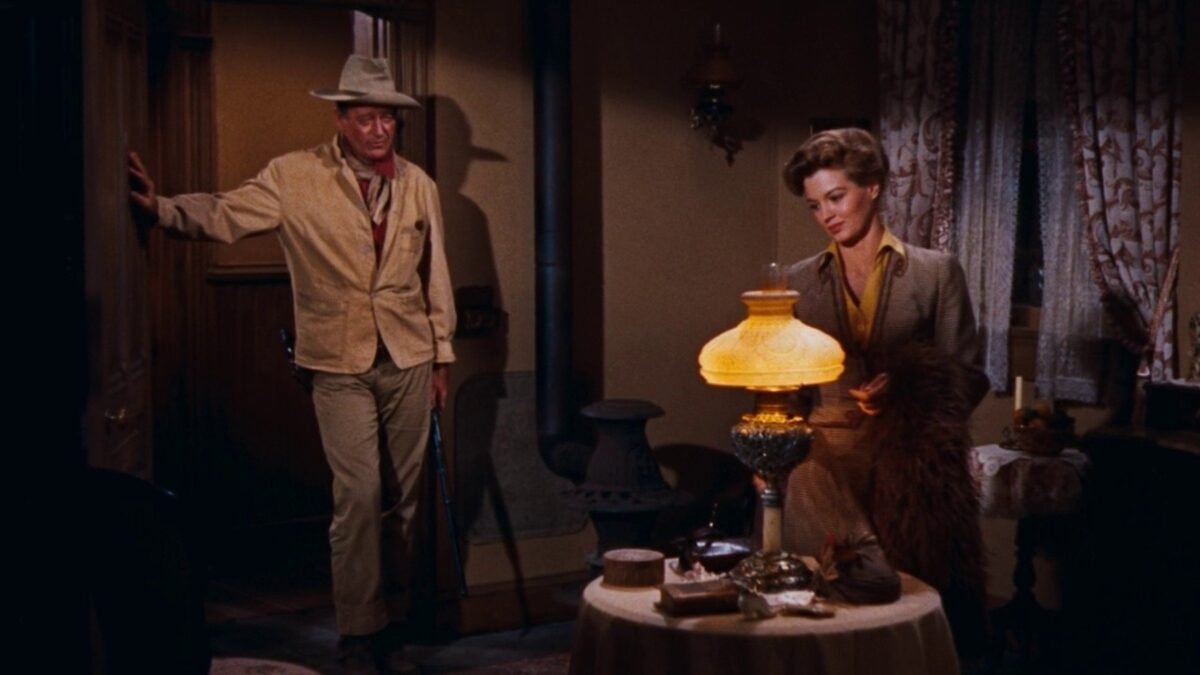
Old movies need to be saved.
The Film Foundation is a non-profit organization founded in 1990 by renowned filmmaker Martin Scorsese. The foundation’s mission is to preserve and restore classic films and to promote the importance of film preservation to audiences around the world.
The Film Foundation works with archives, studios, and distributors to locate and restore classic films that are in danger of being lost or destroyed due to neglect, decay, or other factors. They also provide funding and support for the preservation of important films from all over the world, with a focus on films that represent significant cultural and historical value.
In 2023, Warner Bros. partnered with The Film Foundation to restore films from the studio’s library. In the video below, directors Martin Scorsese, Joanna Hogg, and more talk about the importance of film preservation and restoration while highlighting this year’s selection of restored movies including Rio Bravo (1959), East of Eden (1955), and more.
Check out this video from Turner Classic Movies and let’s talk after.
How Are Classic Films Restored to Their Former Glory?
As Scorsese says, films are our common cultural heritage. We need to preserve history, creativity, art, and the hard work of the people in front of and behind the camera. So, how is that work done?
Restoring classic films to their former glory is a complex process that involves a combination of technical expertise and artistic judgment. Here are the steps typically involved in film restoration:
-
Scanning: The first step in film restoration is to create a high-resolution digital scan of the original film. This is typically done using a specialized film scanner that can capture every detail of the film frame-by-frame. 4k or in 8k.
-
Cleaning and Repairing: After the film has been scanned, it is carefully cleaned and repaired. This involves removing any dirt, scratches, or other imperfections from the film using specialized software or by hand.
-
Color Correction: The next step is to correct any color imbalances that may have occurred due to age or deterioration of the film. This involves adjusting the color balance, saturation, and contrast to match the original intended look of the film.
-
Audio Restoration: In addition to restoring the visual elements of the film, audio restoration is also an important part of the process. This involves removing any pops, clicks, hisses, or other audio imperfections and enhancing the overall sound quality.
-
Reassembling: Once the visual and audio elements have been restored, they are reassembled into a complete film using specialized editing software.
-
Digital Mastering: Finally, the restored film is mastered into a digital format suitable for distribution on modern platforms such as Blu-ray, streaming services, and other digital media.
Restoring classic films to their former glory is a time-consuming and labor-intensive process that requires specialized equipment and expertise. However, the end result is a beautifully restored film that can be enjoyed by future generations for years to come.
Let me know what you think in the comments.














